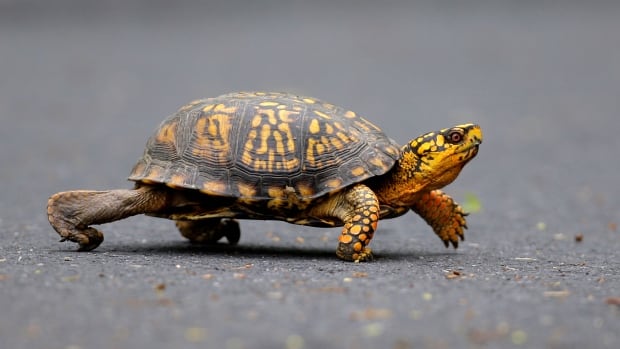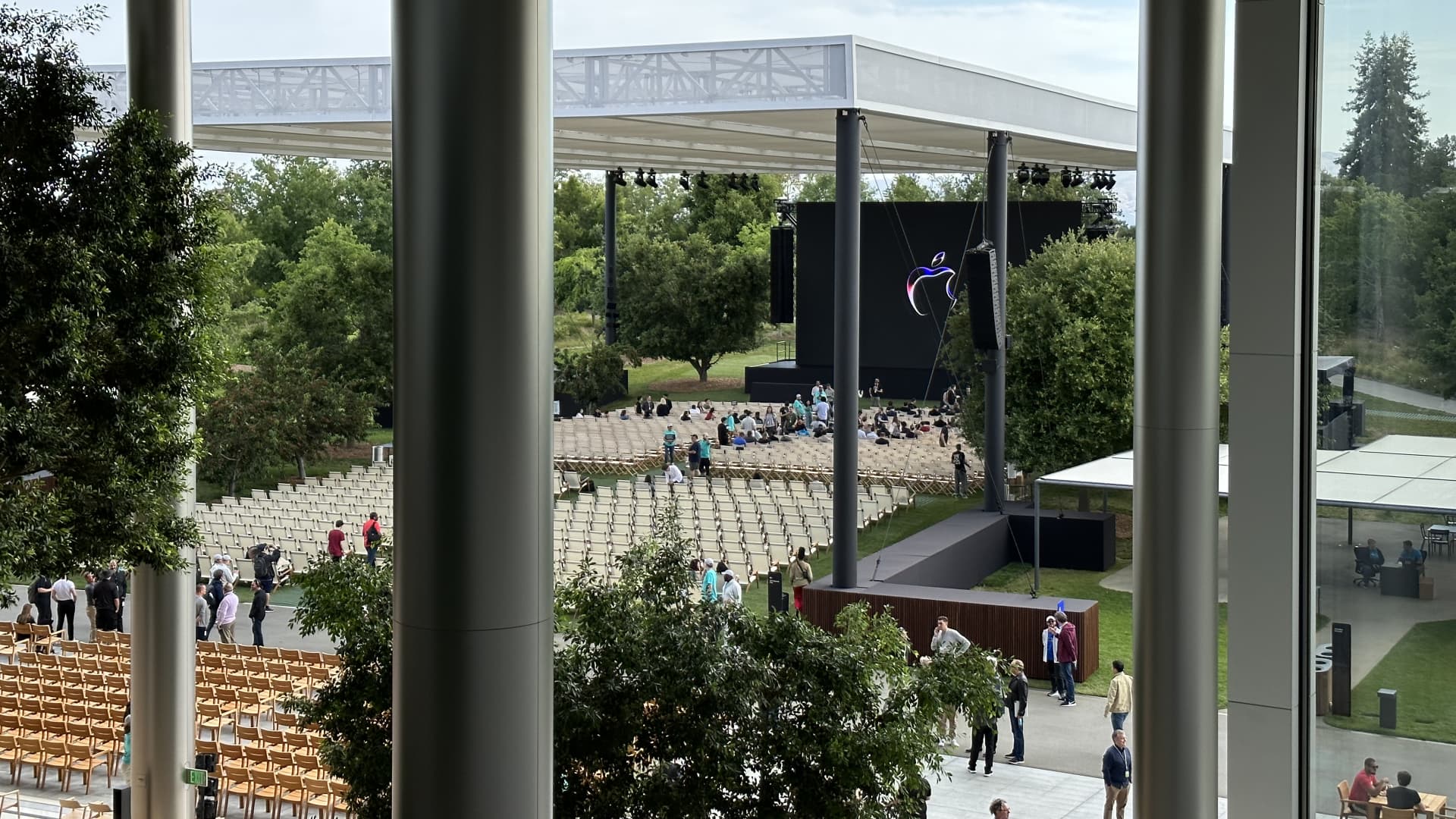River otters are making a comeback in at least one corner of Prince Edward Island, according to a recent journal article, and as a result measures are now being taken to protect the popular, water-loving mammal.
The Kensington North Watersheds Association started tracking river otters with trail cameras in late 2019.
They began monitoring Morrisons Pond in Darnley, after a juvenile otter was found dead nearby, suggesting there may have been others in the area.
The first river otter was captured on the association’s trail camera just a few weeks later.
According to Nature P.E.I., in the past Prince Edward Island once had a thriving population of North American river otters, also known by its scientific name, Lontra canadensis, or kiwink in Mi’kmaq.
However, due to hunting and habitat loss, the species were presumed extirpated on the Island since the early 1900s, meaning they became extinct locally, but not elsewhere.
Since that time, occasional anecdotal reports surfaced of otter tracks and sightings on P.E.I. But it wasn’t until 2016 when an adult male otter was captured in a beaver trap. Seven others have since been collected in beaver catches, according to a report published Jan. 15 in The Canadian Field-Naturalist journal.

Trail cams offer ‘great opportunity’
Haylah Wagner is the executive director of the Kensington North Watersheds Association. She has been working on the trail cameras project for two years.
“It’s a really great opportunity for us to not only see river otters, but to see the other wildlife in our area,” she said. “But especially river otters, since they aren’t very common around here and we love to see that.
“They’re just loving life here, and they’re expanding.”

Wagner said the first sightings were at Morrisons Pond, but the species has since been recorded as far as Campbell’s Pond and “multiple” other ponds the group is watching.
“We’ve seen them go through different parts of our streams,” she said. “We’ve caught pictures of them running through the stream.
“So we’re excited to see them hopefully come inland a little bit too.”
They’re a little bit skittish, so it’s a little sad that they don’t stick around for us to capture video evidence or pictures. —Haylah Wagner, Kensington North Watersheds Association
Wagner said she has herself seen river otters swimming in streams and ponds over the last couple of summers.
“They’re a little bit skittish, so it’s a little sad that they don’t stick around for us to capture video evidence or pictures,” she said.
“At most of our ponds, the cottage owners always talk to us about how they’ve seen the otters running through their backyards, or they see them in the stream next to their land, and they love to just talk to us about it.”
Wagner said she understands why people are so drawn to river otters, as well as captivated by the story of their resurgence on P.E.I.
“I just think it’s a nice creature for us to have,” she said. “[Islanders] love to see that it’s returning as well.
“I think it’s a great story: ‘Oh, this species was not here for a while and now it’s coming back … Maybe other animals can come back as well.'”
‘A good ecological story for P.E.I.’
The trail camera project started with just six cameras in the area where the first otter was seen. Now the project has expanded to other watersheds on the Island, co-ordinated through the P.E.I. Watershed Alliance.
“It’s a good ecological story for P.E.I.” said Matthew Ginn, a wildlife biologist with Forests, Fish and Wildlife, part of P.E.I.’s environment ministry. “That a very likable animal could re-inhabit a place that it had previously been extirpated from.
“They’re very cute and I think they’re well liked by people just in general.”
Ginn said the province now has measures in place to protect river otters in Kensington North watersheds.
“Trapping in general is closed for this area except under special permit, where some people might have a beaver problem or [they’re] flooding out a road or some crop,” he said.
“In those cases, they will be allowed under special permit to use a live trap for the beavers — the logic being that if an otter does get in there, you can just let it go.”
How river otters get to the Island
Wildlife experts believe the otters are swimming to P.E.I. from New Brunswick or Nova Scotia, which they say is well within the animals’ range of travel.
Conservationists hope more of the species will make the trip, and establish populations in other parts of the Island, too.
“We don’t really know how much they’re populating right now or what the population is on the island,” Wagner said. “So it could take anywhere from 10 to 20 years to really build the population up.”

Wagner said she’s happy to be part of the otters’ success story.
“I love it, I love the otters, they’re just so cute and cuddly,” she said. “But I would not touch them; they will bite you most likely, so just stay away from him, let him be.
“If you see them, see if you can capture a picture of them and then send it to your local watershed.”
Garry Gregory from P.E.I. Forests, Fish and Wildlife will be the guest speaker at the Nature P.E.I. meeting on May 7 at Beaconsfield Carriage House in Charlottetown. His presentation is called “Return of the River Otter to P.E.I..”





